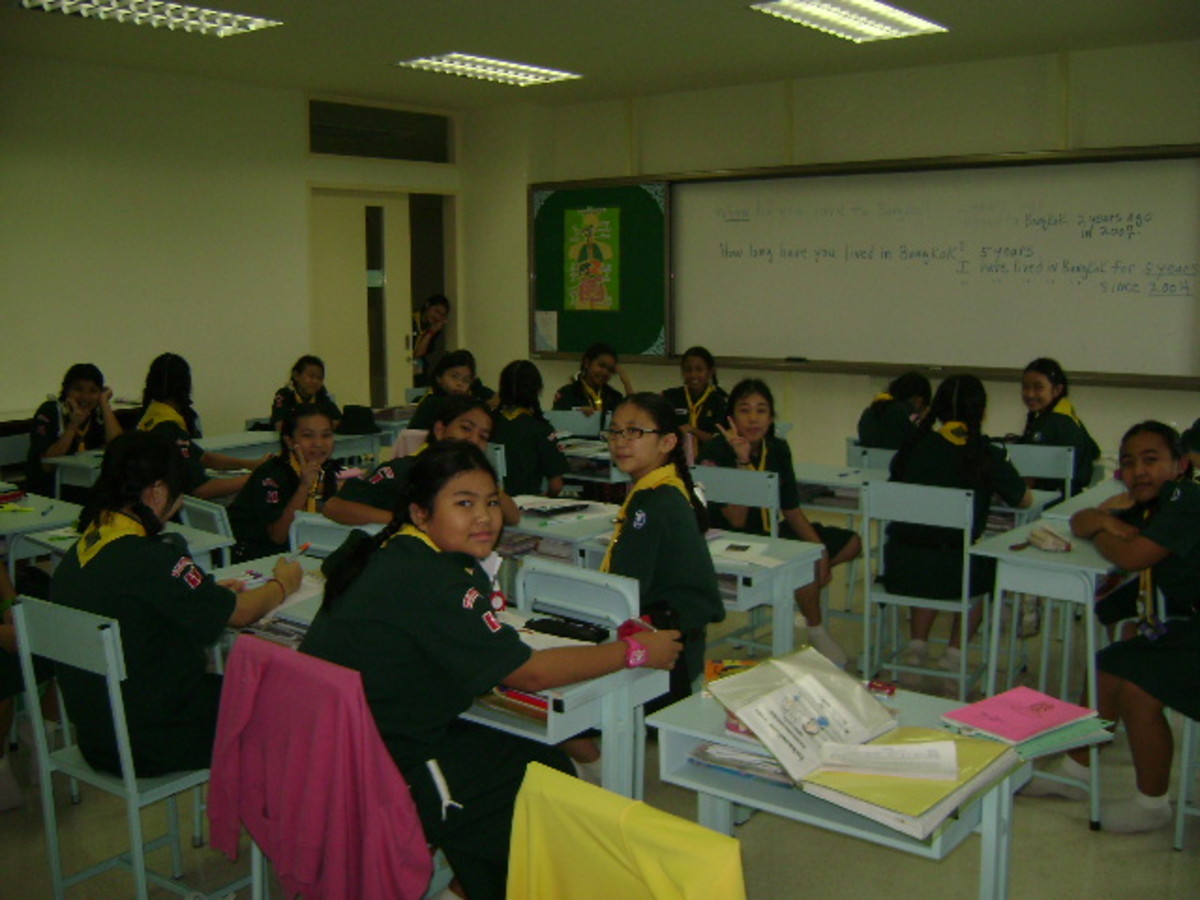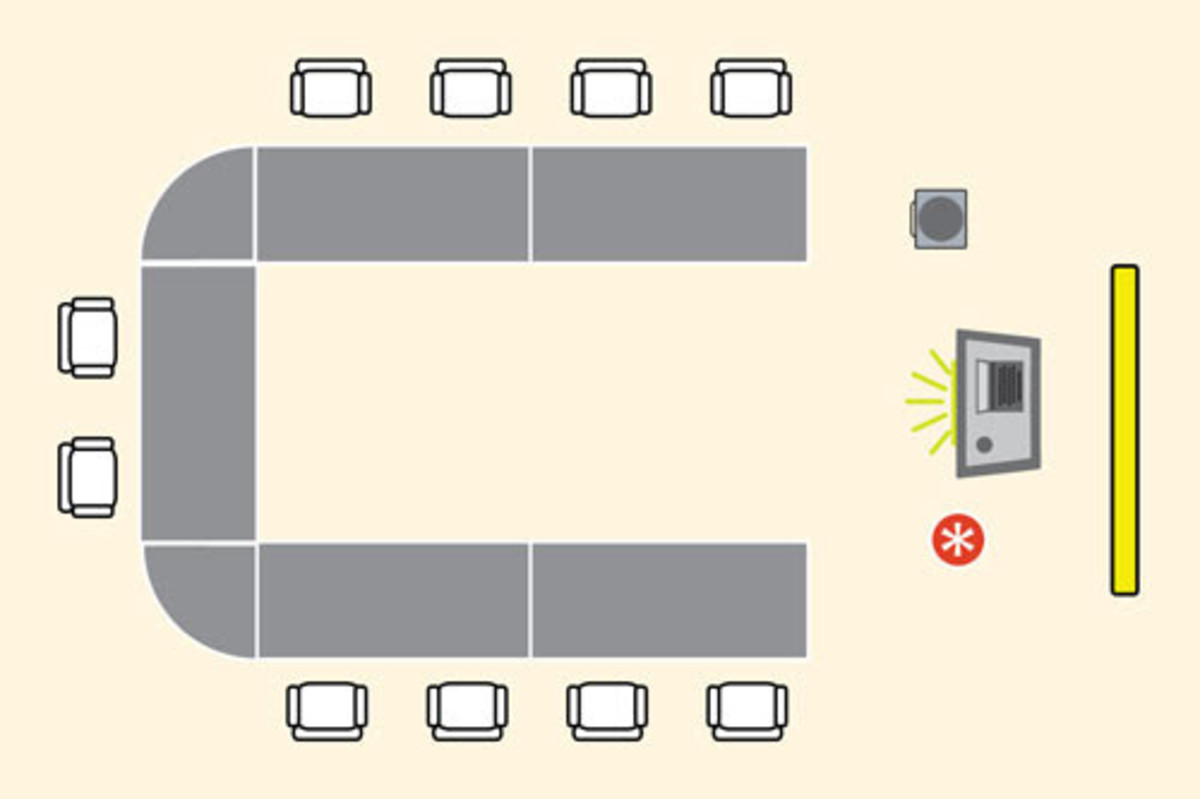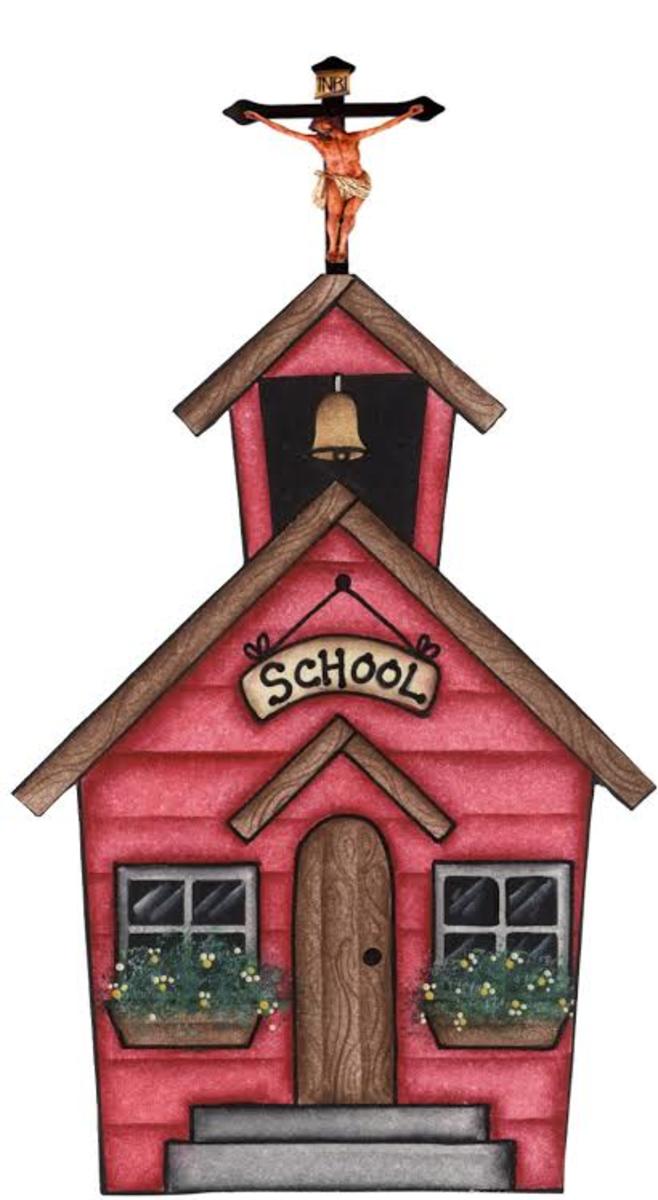Surviving the School Year With Tier 3 Student Behaviors
Looking beyond the disruptive behaviors in your class makes the difference.
I have taught in classrooms with disruptive behaviors and I know the stress that it causes a teacher with even the best intentions, let along those who find themselves just simply doing the minimum requirements. While our students' backgrounds and home lives are completely out of our control, as educators, the way in which we approach students is completely in our control. By building relationships, and truly understanding the child's story, we can discover the how to reach the child, in a meaningful way, to instruct them effectively. In this article I will share tips that have helped me as a teacher to instruct students in urban city neighborhoods that are often experiencing trauma and or a lack of parent involvement. Many of my students have experienced significant gains in their academic growth despite daily challenges outside the classroom.
Harnessing students' need for movement in the class around the learning minimizes distractions
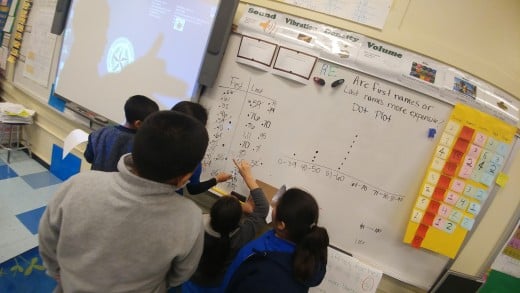
Maintain control of your emotions
Often times teachers are hard press to analyze their lessons and over plan to prepare students for standards and to drive growth. However, after planning and engineering a process for students to take in only to be constantly interrupted by endless conversations, distracting noises, blatant disrespect or disregard for classroom norms, it begins to weigh heavy on a teacher causing inner conflict. No matter what students should not feel the teachers' lack of confidence or control.
Make meaningful routines/task that center around students' needs
Have you ever found yourself drained and annoyed by a professional development class or meeting that did not connect to your real needs and questions? Well in much the same way, our students who are experiencing a lack of some important support outside of school are not merely interested in sitting and listen to our voices. They many times need ways to release their energy and frustrations in a safe way.
Powerful Routine Ideas:
1.Using a call and response to get attention
2. Adding movement or rhythm to a response Just saying I need your attention does not mean that students will care to listen. In an age of instant gratification, students respond to quick and exciting phrases or commands from teachers. Training students to respond to energetic calls for attention pays off when their are so many things to get to with little time.
I once heard a fellow teacher use:
teacher starts: A-T-T students responds: E-N-T-I-O-N!
teacher continues: "I got yours" students responds "you got mine, so let's begin"
I have added rhythm to this and have projected my voice in a way that kids love to respond when I start.
3. "Pause and Go"- what I consider is a very simple yet powerful way to maintain control of a large group of students during transitions. Stopping several times as needed in route to a transition helps students see that without being frustrated you will get them to their next class and you are giving them opportunity to self correct and synergize. Slowing down without constantly asking them to get in the line or catch up with you standing firmly in front of them signals that you are gradually releasing them as they line up correctly.
4.Students' Jobs/Responsibilities
Taking students on restroom breaks, moving from class to class, passing out papers or sharpening pencils, are a few examples of several jobs students can do to prevent them from distracting others. I have a student that has been placed in 4th grade but is on a kindergarten level academically. In addition to this students lack of skills he is extremely frustrated about being so behind and he tends to yell, get out of his seat and distract others. However, he loves to clean the class and empty out the recycle bin. Praising his efforts and showing that I am proud of what he does gives me a gate way to get him to risk academic task. Pay students with weekly tickets or points that they can use for prizes. This teaches work ethic and perseverance coaching students to work for what they want and that their progress is tied to their efforts. Many times kids are asking for help with their behaviors and if we respond to their progress in a tangible way we are communicating the expectations in a powerful way.
5. Music in the Class
Using music to introduce a new lesson or playing calm music along with a displayed timer, builds urgency and competition while maintaining a calm tone in your classroom. Sing with your students! I do l all the time and they will sing the content when they are working independently.
6. Movement
Establish acceptable movement in your class will students more ownership in your class.
1) When you can not see the board come up quietly and sit on the floor without making noises. You loose that choice if you do not follow the expectation
2) Choose your seat on a specific day if you have earned the points throughout the week.
3) On interesting movement example that I have found helpful is letting a few tier 3 students share seats in different locations in the class and take turns switching seats as long as they are working proactively.
Rigorous Classrooms get Messy!
I have walked in the most beautiful classrooms where the teacher spends more time maintaining a sterile classroom than allowing students to make it their own. Of course no one wants to work in a dirty environment.
But what I have noticed is that students need to touch the learning. They need to color,cut and glue the ideas daily. So many distractions are avoided by keeping kids busy touching the concept even if they lack fine motor skills, its something about using the schools supplies.
Hands On Learning distracts negative behaviors
With a little strategic planning a hands on activity can reach the most challenging students. Strategically naming instructions and having work samples already done for students to use as they do their independent work helps students complete task like foldables, charts, models, etc.
The key is to do the activities first as a teacher and think through the teaching scenario to minimize down time for students to get bored and to find reasons to derail the activities momentum.
Also placing tier 3 students that in many cases are struggling academically in a position of control works. I like to let these kids feel that the front table near my desk is always available for a closer look as I model in whole group. Students are comfortable with asking me for my notebook.
Examples of how to Avoid Power Struggles In Class
Behavior
| Immediate Response
| Follow Up
|
|---|---|---|
Student refuses to stay in class
| "you may take a 5 minute break by the door or take a quick restroom break" (let them feel they have the power with choice)
| Send a student to check on the student on break or if behavior support is an option call for someone to check on student if they do not return after 5min. window. If no supports are available at your school email your supervisor with the students name, behavior, your response and the current status as soon as possible.
|
Student is refusing to stay in seat but is in the class
| Focus on the lesson and and maintain whole class activity. When students are working walk to the student and frame the conversation around them having a reward for following expectations to be in their seat. If they rather miss out let them know that they can stay where they are giving them their task at their location.
| Call their parent to gauge supports and find out what motivates the student. Devise a motivation around students' interest to facilitate to participation.
|
Students blurt out mean insults to fellow students or teacher
| Ignore the student at first and speak to the other students: "You know that is not true what ____ said". "Those of you who are laughing at the negative comments are not supporting our class family" If the connections between the class and the teacher are overall strong this quick response will stop an avalanche of more distractions or a domino effect in the middle of instruction.
| Intreat the student with kind words and in a calm voice during a break from the lesson, conference with the student about their comments. Also take anecdotal records daily for this and other Tier 3 behaviors that require constant monitoring to meet the students needs and make recommendations concerning students behavioral accommodations.
|
Distract the chaos with Projects and Exemplars!
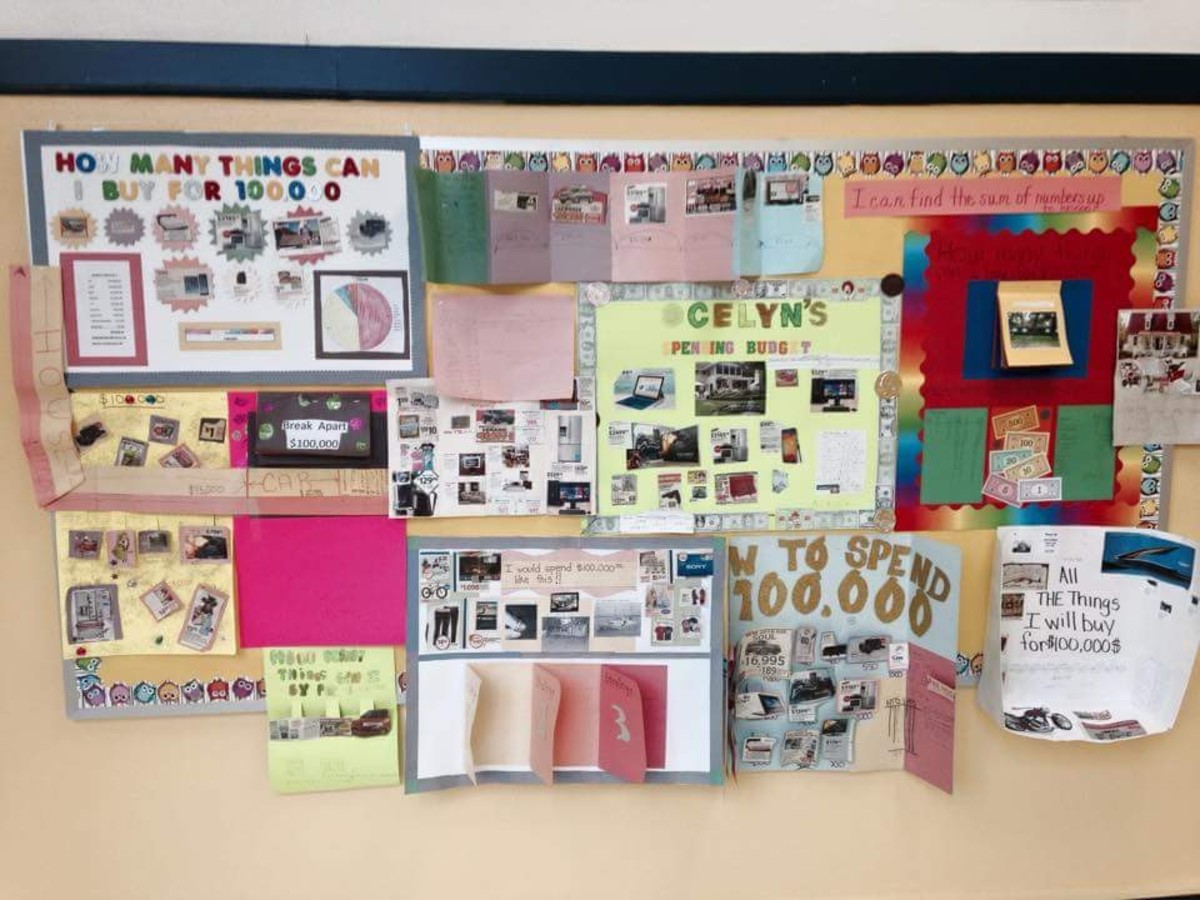
Set high expectations no matter the challenges!
Just because you might teach kids in an urban city school with severe deficits, does not mean that expectations should be lowered! In fact, they will face the same expectations as others as they grow up; to work for what they need and to be respectable citizens. If that is the case then all teachers should not stop expecting the best even when students are challenging. Provide projects, get out manipulatives and connect with their communities to communicate the way students speak and think.
All students can improve and benefit from resources
While I truly believe that all students can and must learn and improve. I also believe that when teachers are dealing with students that are traumatized and or lack social skills there needs to be a gradual approach to stimuli. What I am saying is that sometimes extra steps have to be implemented consistently to teach students how to benefit from resources like manipulatives, technology, school supplies, etc. Especially when they are not use to being given choices in how they have learned before. Changes and choices without understanding can be overwhelming and not helpful when not strategically implemented. As a teacher I get excited when I see resources for kiut the resources are no good if students do not individually understand or appreciate the benefit of using them.
Students need to feel the learning! Pull the manipulatives out
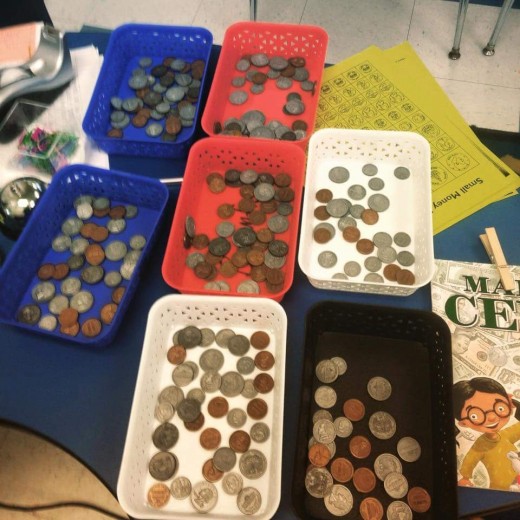
10 Survival Tips for Classroom Distractions
1. Maintain calmness
2. Reset Classroom with clear rewards and consequences
3. Implement strategic movement around activities
4. Use a gradual release technique to give students a chance to self correct
5. Ignoring behaviors and praise or name the expected behavior
6.Document behaviors and responses daily
7. Connect learning with music and timers
8. Practice activities/ scenarios beforehand and keep lesson momentum high to avoid down time for distractions.
9. Have modifications and work samples available for struggling students
10. Speak with kindness and consistent direct and firm communication
© 2018 Dominique Broomfield MEd

